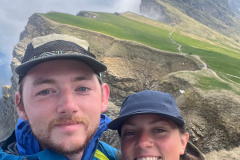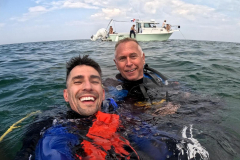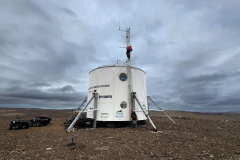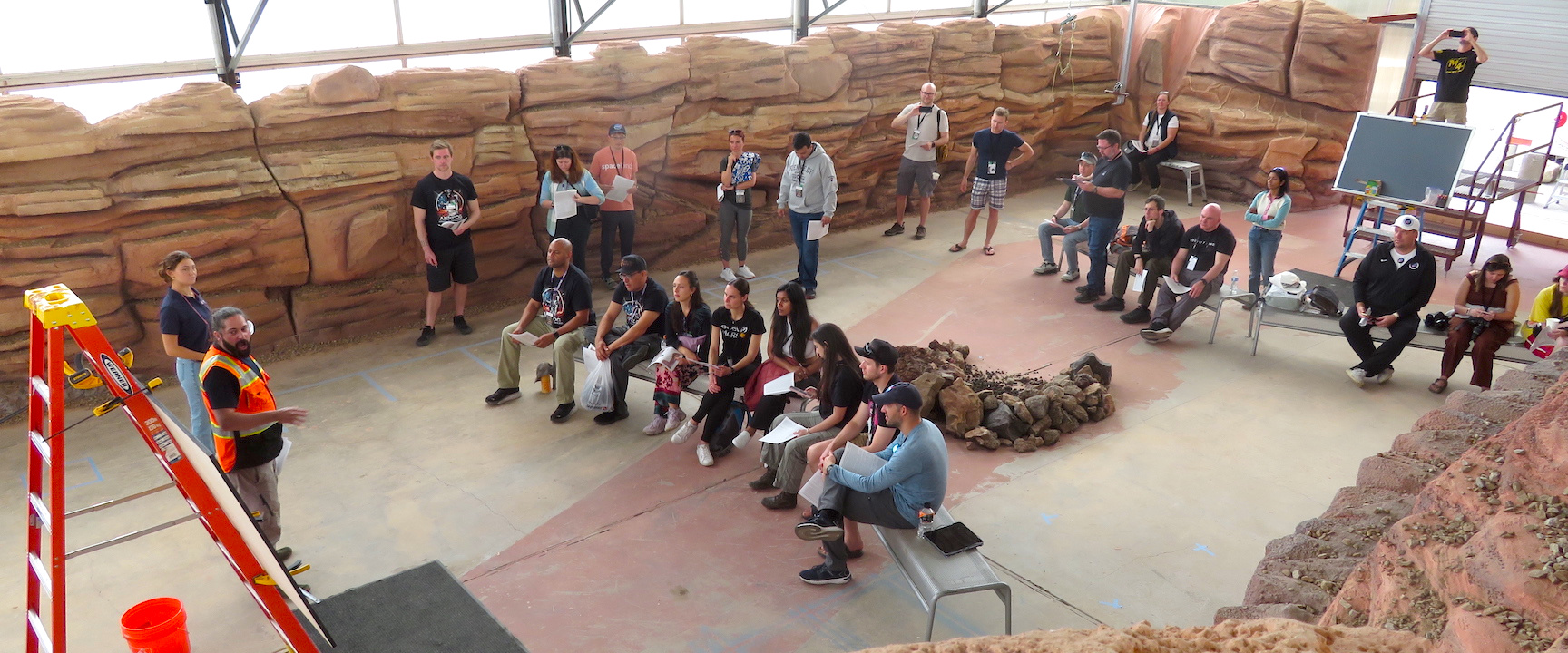Bioregeneration at SAM: Experiment #3
EXPERIMENT #3
Seeds prepping – August 3rd
Seeds sowing – August 4th
Seedlings Transplant – August 18th
CO2 injection and Experiment Start – August 19th
Plants harvest and kill – September 16th
TM cleaning and prep – September 16th to September 22nd








